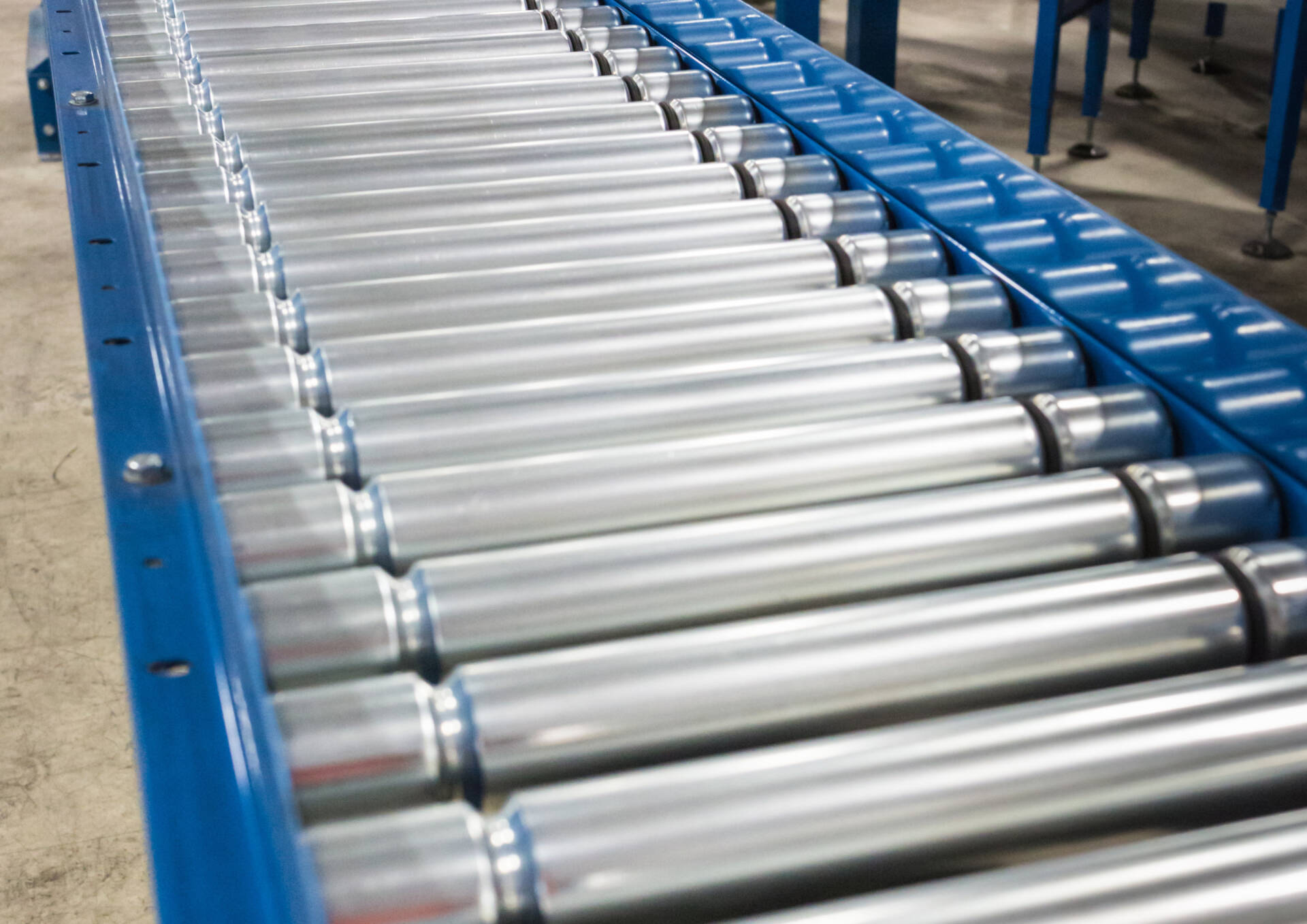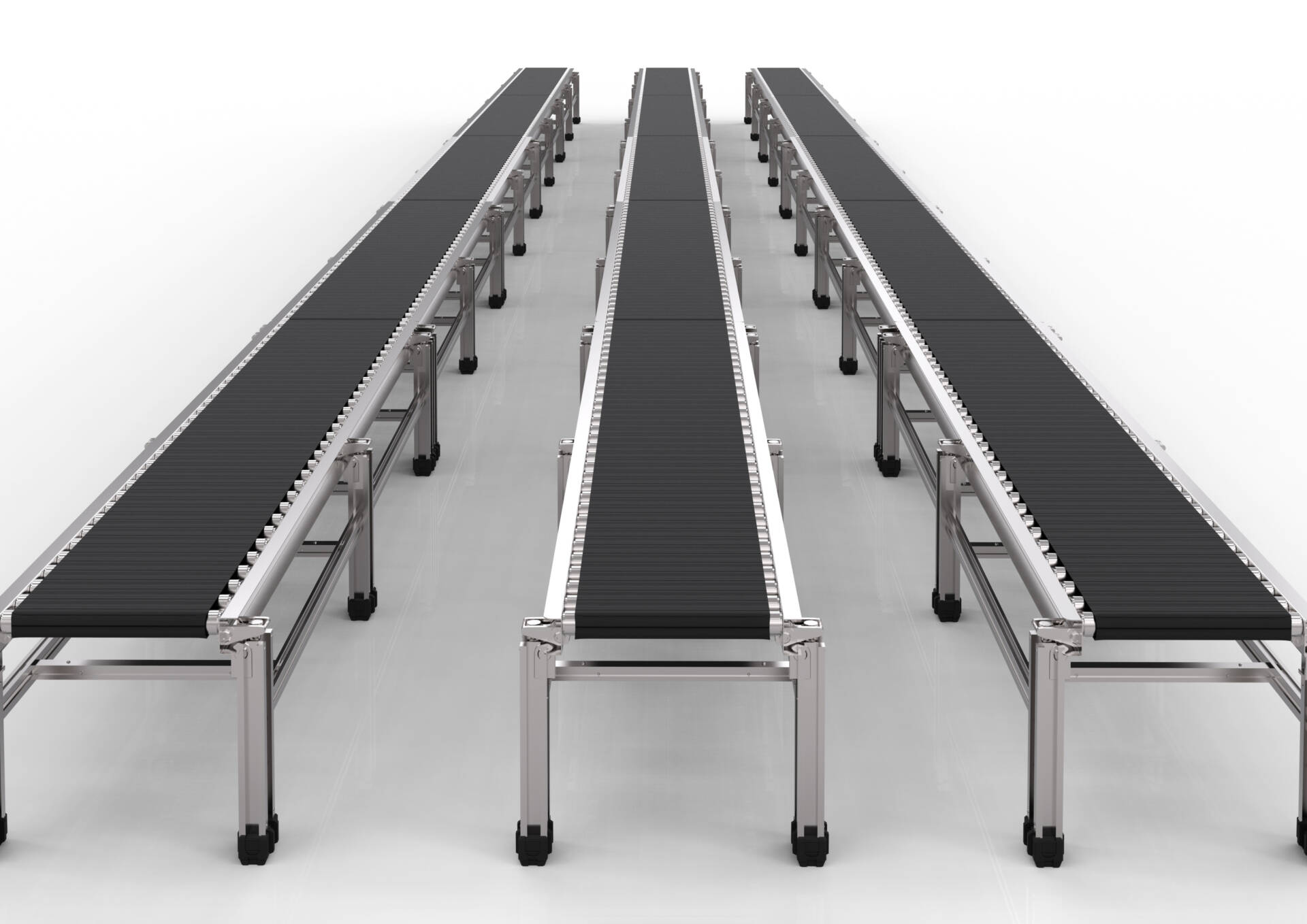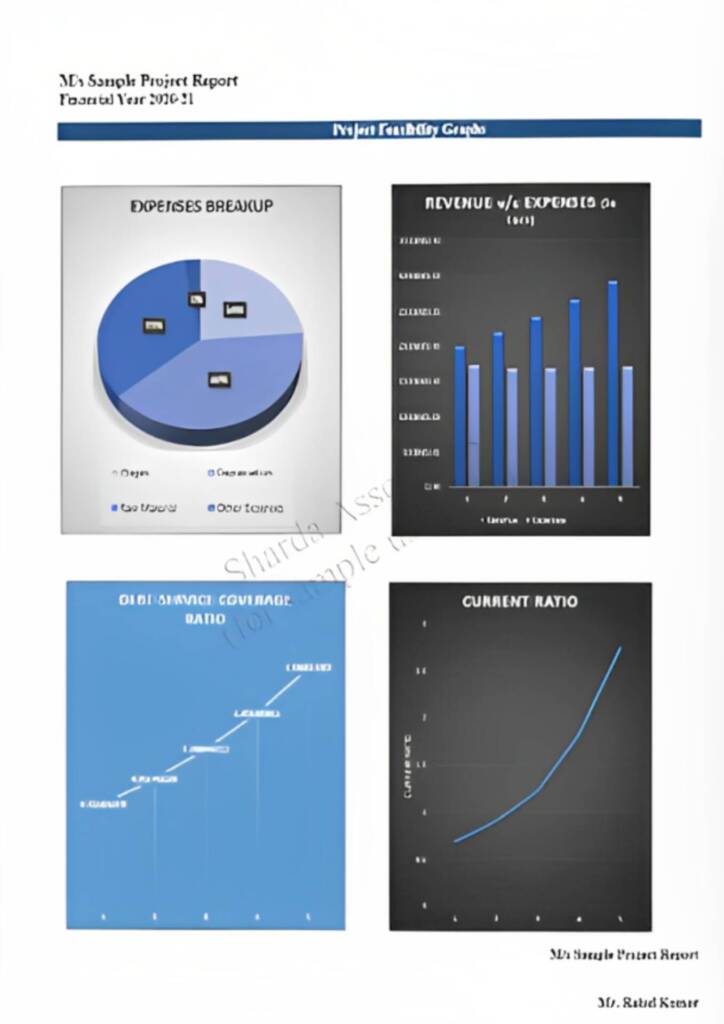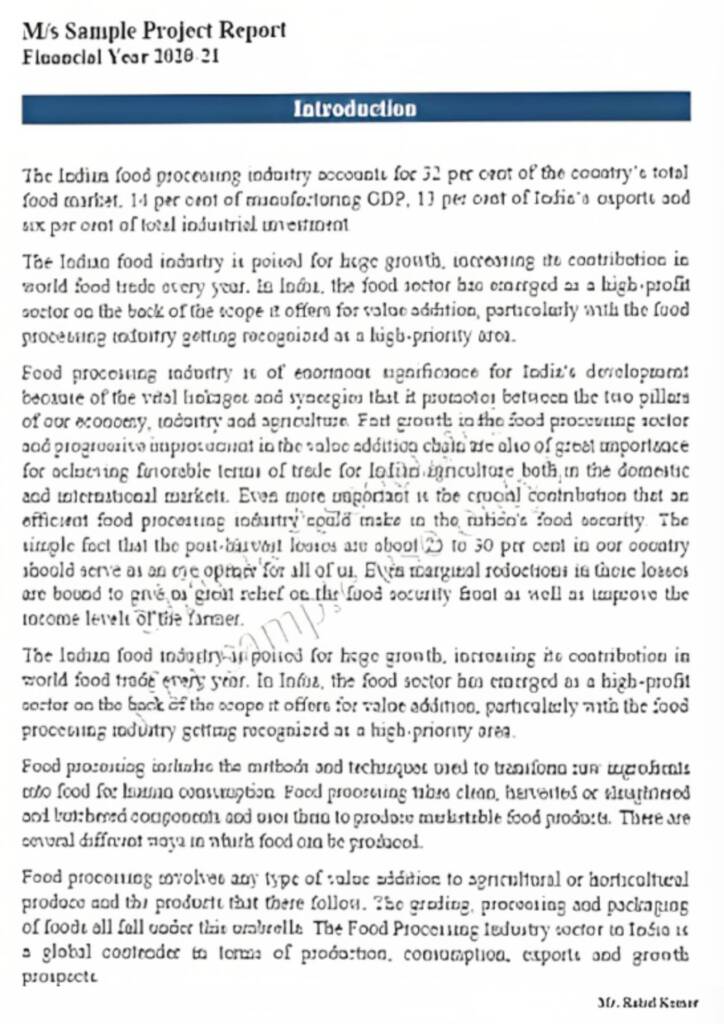Detailed Report On Conveyor Belt
A conveyor belt is a mechanical system with a continuous loop that transports goods or materials from one location to another, streamlining processes in various industries.
Introduction
Detailed Report on Conveyor Belt is as follows.
Conveyor belt systems are essential in many commercial and industrial facilities for the continuous transportation of items from one point to another. There, they can dramatically reduce manufacturing times and overall labour costs. Conveyor belts, for example, are frequently employed to improve the efficiency of industry assembly lines. Conveyor belts are used at checkouts in even the smallest retail establishments to keep items moving before and after they are scanned. They are excellent for transporting large amounts of cargo, mass-produced goods, and potentially dangerous products. Automobile, mining, electronics, food processing, textile, packaging, and a variety of other industries rely significantly on these systems to manage their resources and goods.

Conveyor Belts are material handling systems that transport items or materials using continuous belts. The belt is stretched in an infinite loop between two end-pulleys. Rubber, fabric, leather, plastic, and metal are examples of conveyor belting materials. A thicker and stronger conveyor belt material is required to transport heavier loads. Conveyor belts are frequently motorised and can run at different speeds depending on the amount of material to be carried. Troughed belt conveyors can handle large or heavy loads. Steel conveyor belts are the most robust and are suitable for handling heavy loads and other difficult bulk handling activities.


A motor and pulley system rotates an attached belt into a loop using rollers to power the apparatus. This basic and simple piece of equipment has two applications: regular material handling (moving items within a facility) and bulk material handling (transporting massive quantities of materials such as grain, salt, gravel, coal, and others). Conveyor belts are critical components of a food processing line because they have a substantial impact on the quality and safety of the foods they carry. Depending on their intended function, conveyor belts come in a range of designs and sizes. Plastic Modular, Solid Flat Belt, and Wire Mesh are three of the most important issues in primary and secondary food processing.
Conveyor belts are available in a number of styles that are customised to specific applications. For starters, flat belts are formed of a continuous loop of material that is perfect for horizontal transportation and light-duty applications. Second, modular belts are comprised of interconnected plastic or metal sections that are ideal for transporting goods up and down inclines or dips. Third, roller belts have built-in rollers that enable for the smooth transportation of things in several directions. Fourth, wire mesh belts are woven metal wires that are commonly used in food processing and drying applications. Magnetic belts, on the other hand, use magnets to transport magnetic materials. Each conveyor belt type has specific traits and benefits that satisfy the needs of various sectors.
Detailed Report Sample On Conveyor Belt



Market Potential Of Conveyor Belt
The conveyor belt market was worth US$ 503.1 million in 2022. The market is estimated to reach $709.6 million by 2028, growing at a 5.6% CAGR between 2023 and 2028.
The conveyor belt business is being driven by India’s rapid industrialisation and rising infrastructure construction activities. Conveyor belts are also extensively used in mining and industry to carry ores, concentrates, and tailings from the place of origin to the point of manufacture of refined material. Furthermore, several product developments, such as the launch of textile-reinforced and steel cord-reinforced belts, are fueling market progress. The integration of the Industrial Internet of Things (IIoT) with connected devices for increased operational efficiency, profitability, and safety is also contributing to market growth.
The driving unit is made up of a motor bracket, counter-bearings, and an electrical drive. These mechanical pieces assist the conveyor system in continually running, reversing, and adjusting directions. Counter-bearings aid in the efficient rotation of system components. The drive unit provides the essential motion support for the belt to function. The driving unit accounts for around 30-40% of the total cost of a conveyor system, which is expected to climb in the future due to the increasing integration of automation features into conveyor systems.
Contents of Project Report
A project report helps you identify whether a project is worth pursuing. It presents the holistic view and brings complete insight of the business and its activity.
It acts as a guide for all the business operations, aids in taking all financial decisions related to the existing businesses and to the start-ups. It serves as roadmap to the business and provides information to the outsider who are wanting to know more about the business.
You will have the opportunity to build new goals and expansion ideas in one single document. Everyone, from the banks to potential investors, will need to have a look at the project report before they shell out any money.
A well drafted project report generally consists details about:
- Brief History of the Business
- The Promoters
- SWOT Analysis
- Industry Outlook
- Past Financial Statements
- Projected Financial Statements
- Infrastructure and Human Resource required
- CMA data
- Business model
- Requirement of Working Capital Funds
- Means of Finance
Other relevant information, if any.
